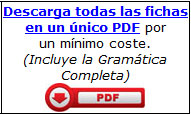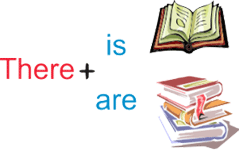|
|
||||
|
There is / There are |
||||
|
||||
|
Reproduce el PODCAST de esta ficha
|
||||
TAMBIÉN TE PUEDE INTERESAR:
La Mansión del Inglés. https://www.mansioningles.com
© Copyright La Mansión del Inglés C.B. - Todos los Derechos Reservados . -

¿Cómo puedo desactivar el bloqueo de anuncios en La Mansión del Inglés?







